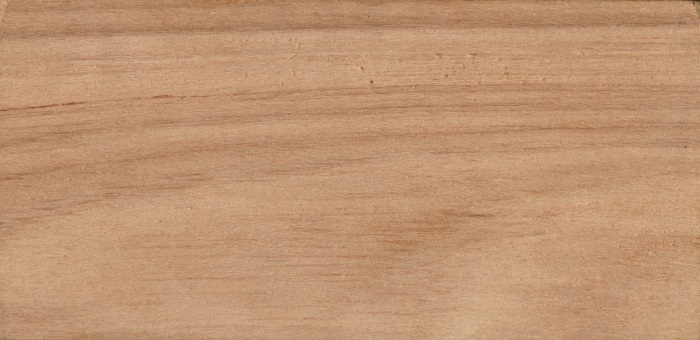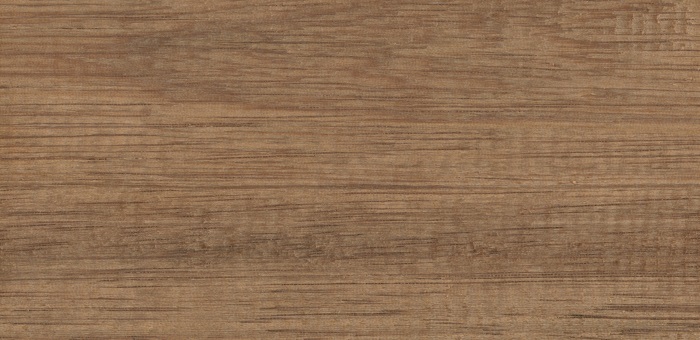Basralocus (Angelique)
| Commercial Name(s): | Basralocus, Angelique |
| Other Name(s): | Angelica Do Para, Angelique, Basralokus, Tapaiuna, Barakaroeballi |
| Botanical Name: | Dicorynia guianensis, Dicorynia paraensis (synonymous) |
| Botanical Family: | Caesalpiniaceae |
| SBB Code: | BAS |
Profile
The heartwood of Basralocus is golden, rust or purple brown, usually with a brown red glow. It is clearly distinguishable from the 30 to 60 mm thick sapwood which is light grey when fresh and becomes a red brown colour when exposed to light. Basralocus Wood is easy to moderately difficult to work and finishes smoothly. It is moderately easy to glue with care and finish satisfactorily. Clear oil works best to bring out color and longevity. Basralocus is durable. Because of its resistance to pile worm and its strength, Basralocus hardwood is ideally suited for use as sheet piling and construction timber in hydraulic engineering, such as for fendering, jetties, purlins and groynes In countries of production it is used for furniture, the lighter wood being the preferred choice.
Typical use
Exterior joinery, Interior panelling, Flooring, Sliced veneer, Cooperage, Current furniture or furniture components, Heavy carpentry, Ship building (planking and deck), Resistant to one or several acids, Hydraulic works (seawater), Interior joinery, Industrial or heavy flooring, Cabinetwork (high class furniture), Veneer for back or face of plywood, Sculpture, Stairs (inside), Turned goods, Vehicle or container flooring, Bridges (Parts not in contact with water or ground).
Technical Information
Trees Size: 30 – 45 m
Trunk Diameter: 0.60 – 0.90 m
Monnin Hardness: 5.7
Crushing Strength (Mpa dry): 67 – 73
Basic Specific gravity: 0.74 – 0.84
Density (kg/m3 dry): 1.08
Texture: medium, uniform
Static bending strength (Mpa dry): 121
Modulus of elasticy (Mpa dry): 18350
T/R Ratio: 1.6
Finish: good
Stability: moderately stable
Get more technincal information about Basralokus (Angelique) here …


